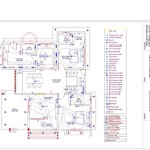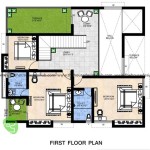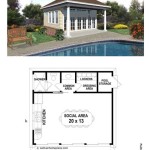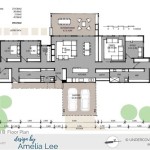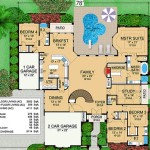Essential Aspects of House Plans With Granny Flats in NSW
Granny flats have become increasingly popular in New South Wales (NSW) as a way to accommodate extended families, provide additional income, or create a comfortable space for elderly relatives. When considering house plans with granny flats in NSW, there are several essential aspects to keep in mind.
1. Zoning and Regulations
The first step is to determine if your property is zoned to allow for a granny flat. In NSW, most residential areas permit granny flats, but there may be specific requirements regarding size, setbacks, and access.
2. Size and Layout
The size and layout of your granny flat will depend on your specific needs. Consider the number of bedrooms, bathrooms, and living spaces required. A well-designed granny flat should provide adequate space and privacy for its occupants.
3. Accessibility
Accessibility is crucial for granny flats intended for elderly or disabled family members. Ensure that there are no steps or tripping hazards, and that doorways and hallways are wide enough for wheelchairs or mobility aids.
4. Materials and Construction
The materials and construction methods used for your granny flat should be durable and energy-efficient. Consider sustainable options such as solar panels and double-glazed windows to minimize energy consumption.
5. Privacy and Separation
While granny flats should be connected to the main house, it's important to maintain a sense of privacy and separation. This can be achieved through separate entrances, fences, or landscaping.
6. Connection to Utilities
Granny flats require access to electricity, water, and gas. Ensure that utility connections are properly planned and installed to meet the needs of the occupants.
7. Rental Potential
If you're considering renting out your granny flat, it's essential to design it with tenant appeal in mind. Include modern amenities, such as a kitchen, bathroom, and living area, and consider providing off-street parking.
8. Council Approval and Building Permits
Before commencing construction, you must obtain council approval and building permits. This process involves submitting detailed plans and specifications for review and approval.
9. Insurance
Ensure that your granny flat is adequately insured to protect against potential risks, such as fire, theft, or natural disasters.
10. Hiring a Professional
Designing and building a granny flat can be a complex undertaking. Consider hiring an experienced architect or builder to ensure that your project meets all necessary regulations and is completed to a high standard.
By carefully considering these essential aspects, you can create a functional and comfortable granny flat that meets the needs of your family and complies with all applicable regulations in NSW.

Gardenia Granny Flats

Granny Flat Floorplan Gallery 1 2 3 Bedroom Floorplans

Build A House With Granny Flat Meridian Homes

Executive B Granny Flats

Floor Plans Granny Flats
Granny Flat Floor Plans Top 8 Design Ideas For Flats Architecture
Granny Flat Floor Plans Top 8 Design Ideas For Flats Architecture

Custom Granny Flat Designs Sydney Builders

Granny Flat Floor Plans Solutions

Royale Granny Flats



